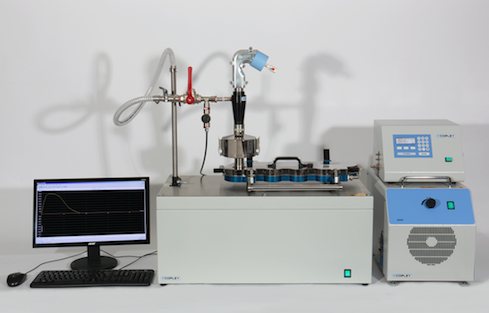Members Login

Channels
Special Offers & Promotions
Copley Scientific Introduces Improved Test Set-Up for More Representative Inhaled Product Testing

The desire to gain a better understanding of how inhaled products perform in patients has highlighted the importance and value of achieving better correlations between in-vitro test data and in-vivo performance - better IVIVCs.
This deepened interest has been echoed by the US FDA, for example, through research grants supporting the identification of realistic in-vitro clinically relevant representations of the human throat, as well as a dissolution method for inhaled product testing.
To help meet this pressing need for better IVIVCs, Copley Scientific has refined the design of a number of pieces of in-vitro testing equipment to enable a streamlined, easy-to-use, and compact test set-up for more clinically representative testing of orally inhaled products (OIPs). The proposed set-up uses new components alongside established equipment to deliver data that represent in-vivo behaviour more accurately than data from standard test methodologies, originally designed for application in a QC environment.
Achieving closer correlation between routine laboratory data and the efficiency of drug delivery to specific regions of the lung is an important goal in inhaled product testing. Better IVIVCs support the advancement of new OIP products and technology. They also underpin the secure demonstration of bioequivalence, a critical step in the development of generic OIPs and help reduce the risk of unexpected outcomes in clinical trials.
The proposed new test set-up from Copley Scientific includes the Alberta Idealized Throat (AIT) and the BRS 3000 Breathing Simulator. Adult and child versions of the AIT have a standardised geometry that has been shown to more representatively reflect deposition in the throat than the standard USP induction port used in routine OIP testing. A breathing simulator similarly supports the application of test conditions that are closely matched to the physiology and capabilities of a target patient group.
more news from copley scientific
Media Partners


